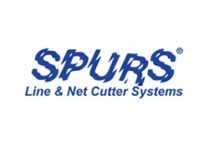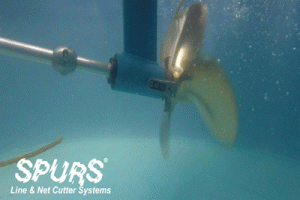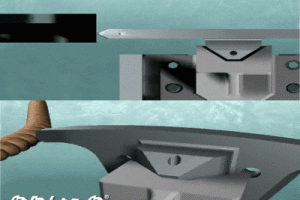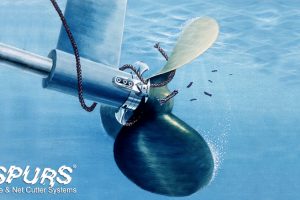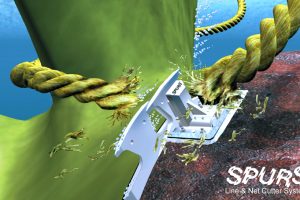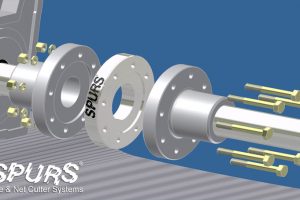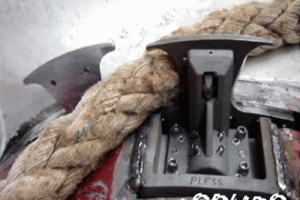Spurs Marine Manufacturing, Inc. founded in 1981, is located in Fort Lauderdale, Florida USA. Spurs Cutter Systems are manufactured in the firm’s computerized machining facility continually updated with the latest technology. Approved by the American Bureau of Shipping (ABS) and protected by USA and International Patents, Spurs has successfully become one of the top companies worldwide.
Spurs design concept began with a development program based on opposing rotary and stationary cutter blades along with the wedge action. This cutter assembly works in conjunction with the propellers’ rotation and its inertial force powers the cutting action. When a line is caught by the propeller blade, it is then wound down towards the propeller hub. The line is then picked up by the rotating cutter blades and carried around to the waiting stationary blade. The resistance sensed by the stationary cutter activates the cam wedge action that causes the stationary blade to be forced against the rotary blades. Lines and nets are then cut before entanglement occurs.
Years of research and testing have resulted in a patented system that is reliable, durable and effective. Worldwide navigation has been made safer for Coast Guards, Navy, commercial fishing boats, pleasure craft and vessels of all types and sizes. Spurs have been installed on over 100,000 vessels worldwide.
How they work?
Spurs Line Cutter Systems use the propeller’s rotation and inertial force to power the cutting action. As the offending line enters the propeller vortex, it is wound toward the propeller hub. It is at this point that, without SPURS installed, the line would wind itself tighter and tighter, entering into the space between propeller hub and rope guard, where it can damage the oil seals. Instead, the line is engaged by the rotating cutter blades and delivered to the stationary cutter blade. The sudden resistance sensed by the stationary cutter forces a cam action which causes the blade to be pushed outward, meeting the rotating blade and severing the obstruction.
The cutting force increases in direct proportion to the resistance sensed by the stationary cutter assembly. This shearing action means that the cutting blades never actually come into contact with each other. Hydrophilic and bronze surface bearings maintain precise cutter positioning when a resistance occurs. With each rotation, the cutters pass each other gliding on a thin lubricating film of water or within a few thousands of each other, thus avoiding surface wear during long passages. The stationary cutter centers itself in the cutter guides as it passes through with each revolution of the propeller.






